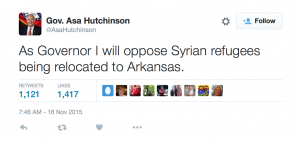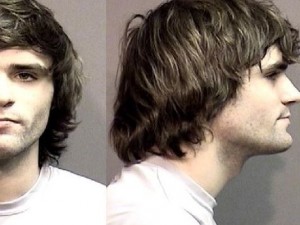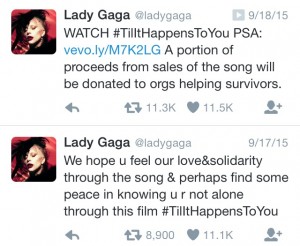By GABRIELLA CANAL
Come the mid-19th century in America, among all of the social changes, political shifts, and uproars, the first footage of war was recorded. It was the Civil War and the photographs taken began to break down the glorification of all war had been played out to be.
Nowadays, the photo on the front cover of a newspaper can make or break the story during wartime. The American public is a sensitive one and, in turn, the American media is very strict in what it publishes and what it does not.
So, in a war zone where there are almost no limitations to what one can capture, I ask: When is an image considered too gory, insensitive and, to an extent, a breach of privacy? Does holding back this kind of photography blind the American public from the tragedies of war? And is it hard to calculate the photographer’s absence during war?
On Feb. 28, 1991, American photojournalist Kenneth Jarecke stood in front of a horrid sight: a charred man who had been engulfed in flames, trying to escape his vehicle. He snapped the shot. The man was an Iraqi soldier and had fought for Saddam Hussein’s army during the Gulf War when Kuwait was annexed. Time Magazine and The Associated Press dismissed the hypnotizing image, saving Americans from confronting the excruciating brutality of war and ultimately, spitting up their morning coffee.
For Jarecke, who had taken the photo in the midst of endless ceasefire, who had put his life on the line, who had captured the ugly to captivate those sitting pretty, he was left confused. In an interview with The Atlantic, he said: “When you have an image that disproves the myth (of a clean, uncomplicated war), then you think it’s going to be widely published.”
These photos that Jarecke and countless others in countless other wars have taken not only serve the media to inform and to shock, but serve history as a sort of reminder and lesson. And what good is a lesson when you can’t learn from it?
At the same time, however, does the photojournalist go too far sometimes? In this world where tragedies occur in the blink of a second and photographs can be captured in the blink of a millisecond, Jarecke and his contemporaries must grapple with the moral dilemma of: “do I take the picture?” Because to the photojournalist, the moment of hesitation is not due so much to the fact that they’ll worry how the media or audience will react, but instead, due to the fact that they’ll worry how those they are capturing will react. The photojournalist has much at stake here: his reputation, his humanity, his decency, his values, his sanity.
Later, in American Photo magazine, Jarecke wrote: “I wasn’t thinking at all about what was there; if I had thought about how horrific the guy looked I wouldn’t have been able to make the picture.”
To take the photographer out of the battle would surely tell a different story about it. And I can only hope that, one day, the power of photos will stump the power of war.
If your curiosity was piqued, here is the photo that inspired this blog:
http://www.theatlantic.com/features/archive/2014/08/the-war-photo-no-one-would-publish/375762/



